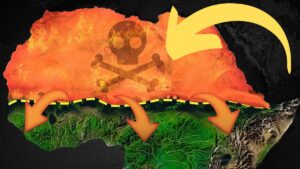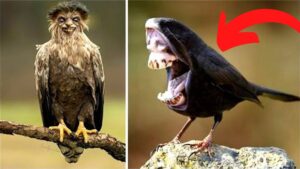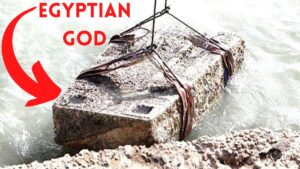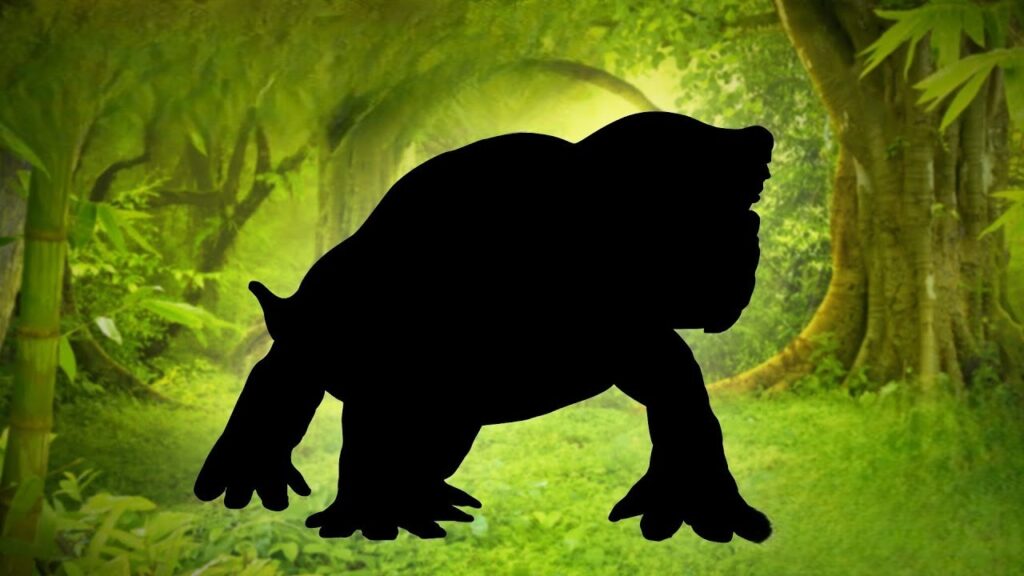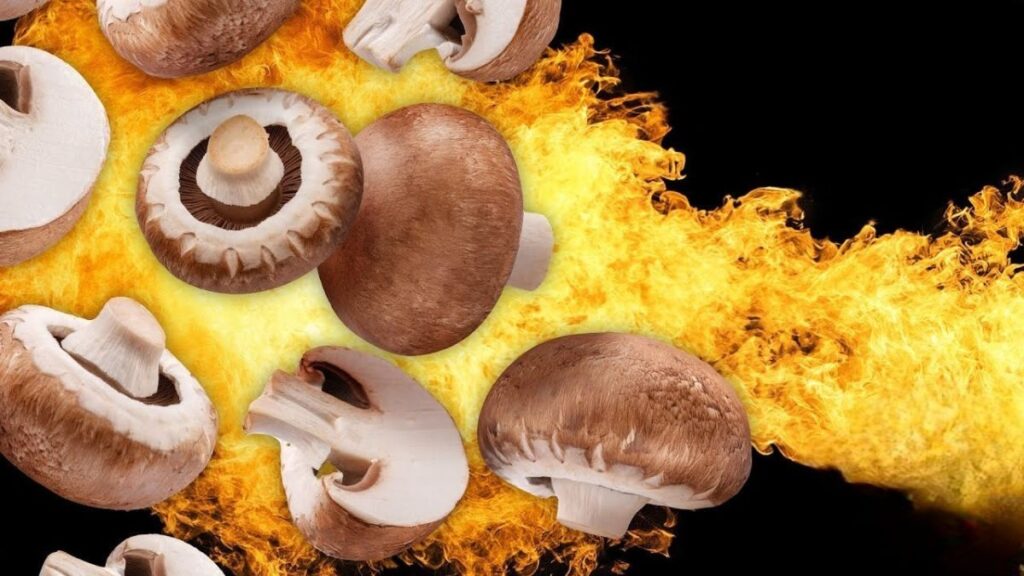
Paleontologists from both the United States and Canada have uncovered a new dinosaur species named Albertadromeus syntarsus, which lived approximately 77 million years ago in southern Alberta. This dinosaur is notable for being the smallest herbivorous dinosaur found in Canada and is known for its fused lower leg bones, which allowed for quick and nimble movements. Despite its small size, measuring only 5 feet in length and weighing a mere 30 pounds, Albertadromeus syntarsus was a formidable runner.
The name “Albertadromeus syntarsus” signifies “Alberta runner with fused foot bones”, and the team behind the discovery posits that this species relied on its speed to evade the numerous meat-eating dinosaurs of its era. Dr. Caleb Brown of the University of Toronto stated that despite there being biases in the preservation of bones from small dinosaurs, their research is uncovering the previously hidden diversity and indicating that these dinosaurs were more prevalent in their habitats than once believed.
A team of researchers found a new dinosaur species, Albertadromeus syntarsus, in a paper published in the Journal of Vertebrate Paleontology. The scientists analyzed orodromine material from the Belly River Group in Canada and identified the new species as a fragmentary skeleton from the upper Oldman Formation. The dinosaur is presently housed in the Royal Tyrrell Museum of Palaeontology in Drumheller, Alberta, and the Paleontological Research Institution in Ithaca, New York, which also supported the paleontology portion of the study.
According to Dr. Michael Ryan of the Cleveland Museum of Natural History, despite being towards the bottom of the dinosaur food chain, dinosaurs like Albertadromeus had an important role in changing ecosystems and allowing larger dinosaurs like T. rex to survive. He remarked that surviving fossils give vital insights into the organization of dinosaur societies, and that examples like Albertadromeus, although being incomplete, imply that there is much more to learn about the diversity of dinosaurs and their communities.
Paleontologists from the University of Toronto, the Royal Ontario Museum, the Cleveland Museum of Natural History, and the University of Calgary announced their new find yesterday.
“Small dinosaurs, like Albertadromeus syntarsus, likely filled the ecological role of creatures such as rabbits and were key, albeit less noticeable, members of their communities,” concluded senior author Dr. Anthony Russell of the University of Calgary. He noted that despite its significance for comprehending the ancient ecosystem, information about small dinosaurs is limited due to their vulnerability to fossilization, due to factors such as predation, scavenging, and weathering processes.
Explore:
